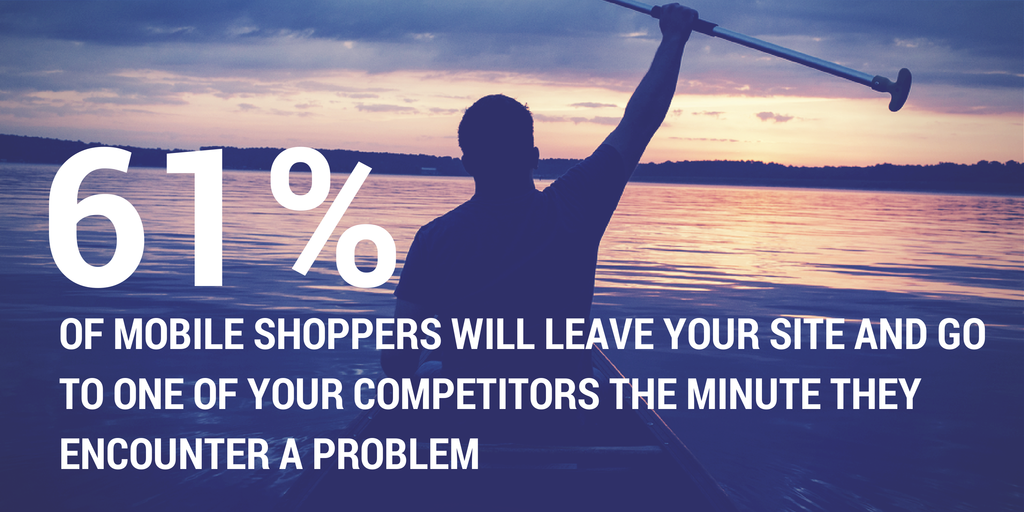How to Boost Mobile Conversions with Responsive Website Design
If you think you can ignore mobile devices for your online sales, you haven’t been following the news. Consider these facts:
- In 2013 for the first time, sales of tablets surpassed the sales of PCs
- More hours per month are spent accessing the Internet with smartphones (34) vs. PCs (27)
- 90 percent of mobile searches result in action, and 50 percent result in sales
- Three out of four people use a mobile phone to shop and 80 percent of those searches lead to sales
[tweet_quote]If You Don’t Have Responsive Design, Shoppers Will Go Somewhere Else[/tweet_quote]
One more fact, the biggest one yet: 61 percent of mobile shoppers will leave your site and go to one of your competitors the minute they encounter a problem—such as a site that does not do mobile well. That goes double for e-commerce sites that require shoppers to be tactile acrobats, touching screens and expanding content to find and view product information. That’s substandard customer service and visitors will assume that if you don’t know how to showcase your products online, your products are probably not very good.
Doing Responsive Design Right
So, those are the facts, and hopefully they’re sufficiently persuasive to push you to a responsively designed site. But not all responsive sites are equal. Here are four tips to design a responsive site that increases sales.
1. Edit Your Content
Pare content down to the essentials, and keep copy brief. Begin with a clear statement of how you can solve your customers’ problems (your value proposition). Keep those things which move customers effortlessly to action and deep-six those things which don’t. Make sure your calls to action are simple and clearly visible.
2. Give Them Content They Want
Keep text to a minimum and replace it with pictures, graphics and video. Online shoppers who watch a product video are 64 percent more likely to make a purchase. Give customers how-to, explanatory and product videos with information to help them make smart purchasing decisions.
3. Edit Online Forms
Gating content with online forms will give you the data you need to boost conversions, but lengthy, time-consuming forms will frustrate mobile shoppers. Solicit only the information you absolutely need, and limit fields to a max of six.
4. Don’t Make Them Scroll
Don’t bury important information like calls to action or product reviews beneath the fold. Organize your content and give shoppers easily understandable buttons that take them where they want to go without scrolling.
Conclusion
A smart, responsive website design can increase your visitor-to-buyer conversion rates by more than 10 percent. Compounded over the years, that increase more than justifies redesign costs.













